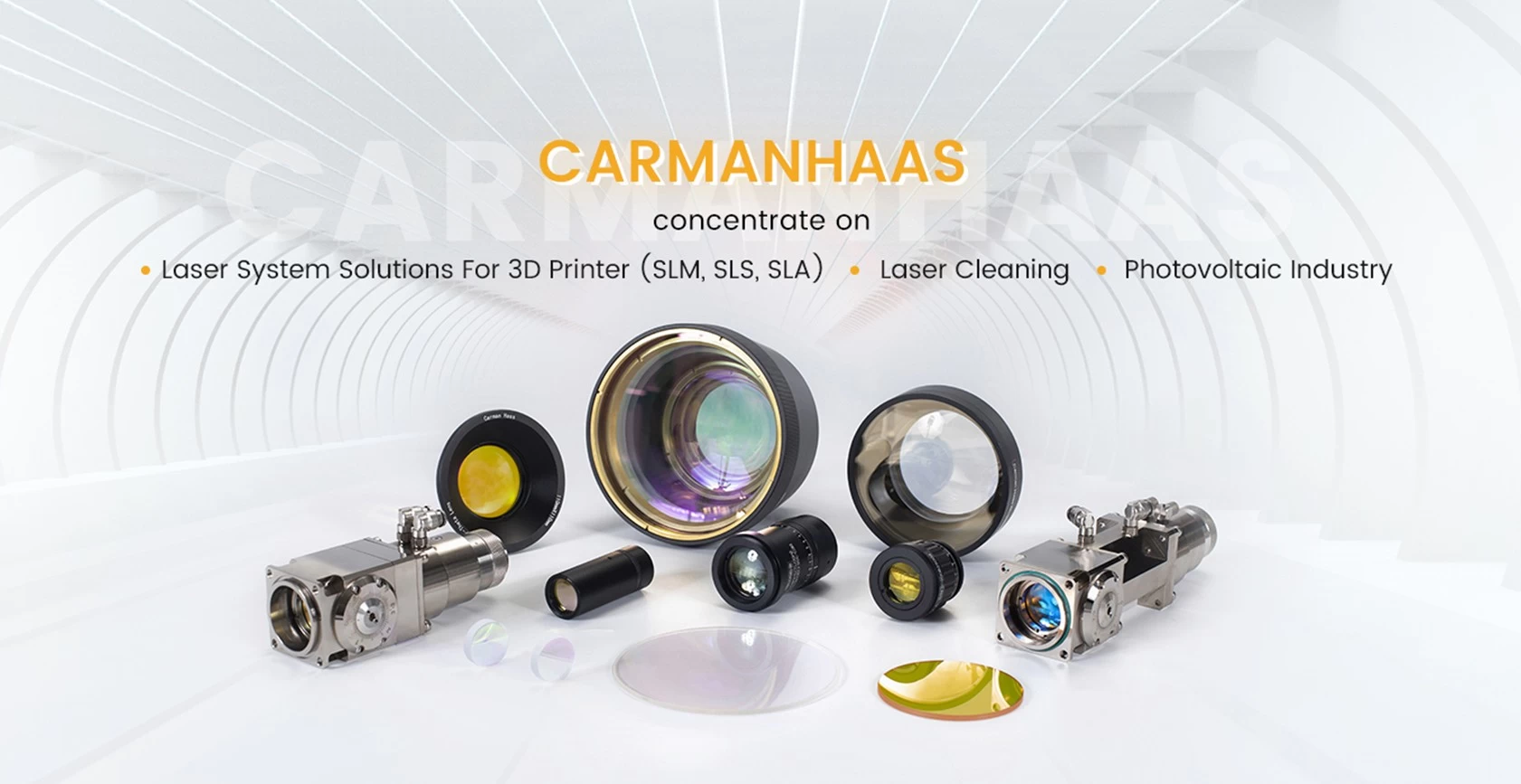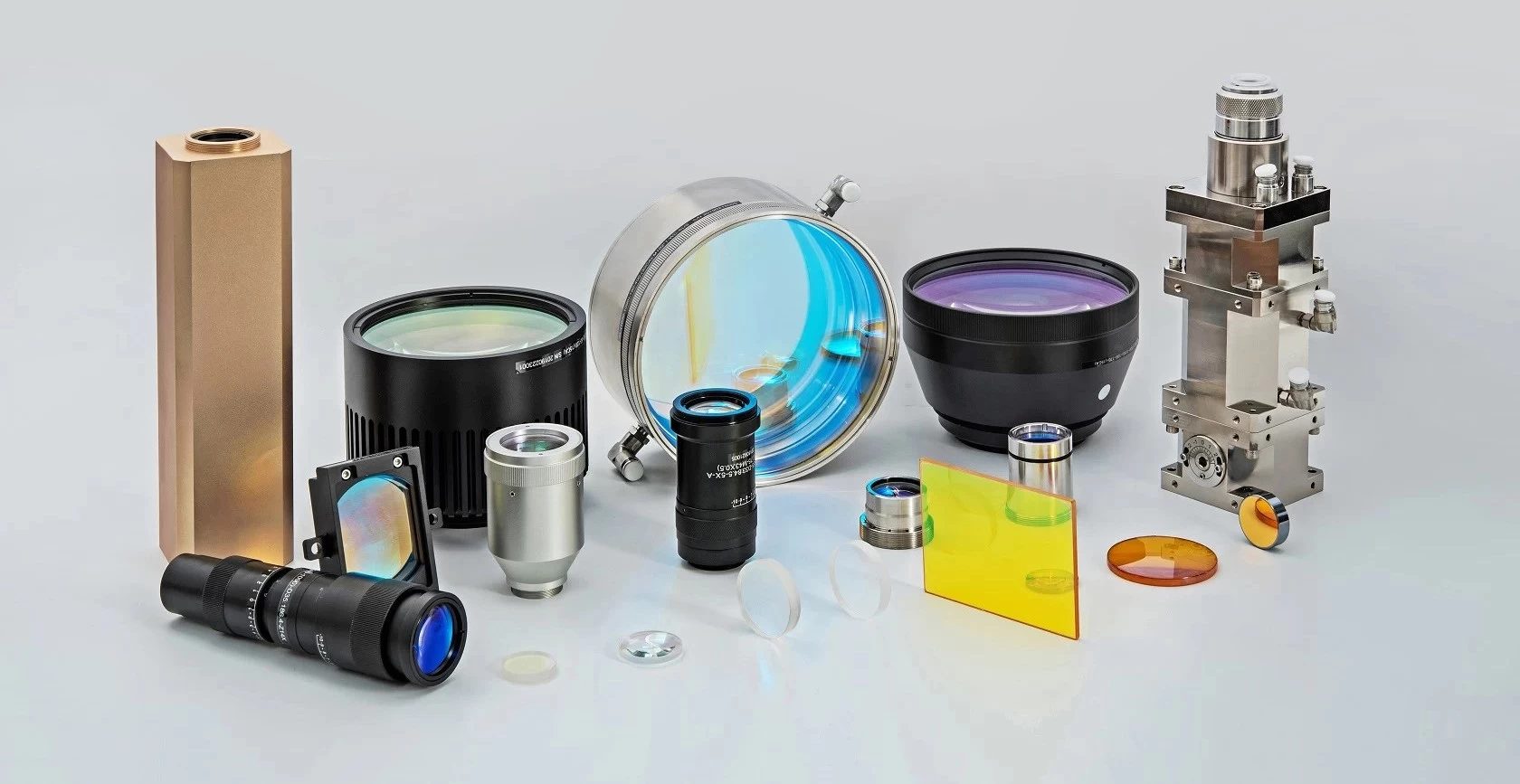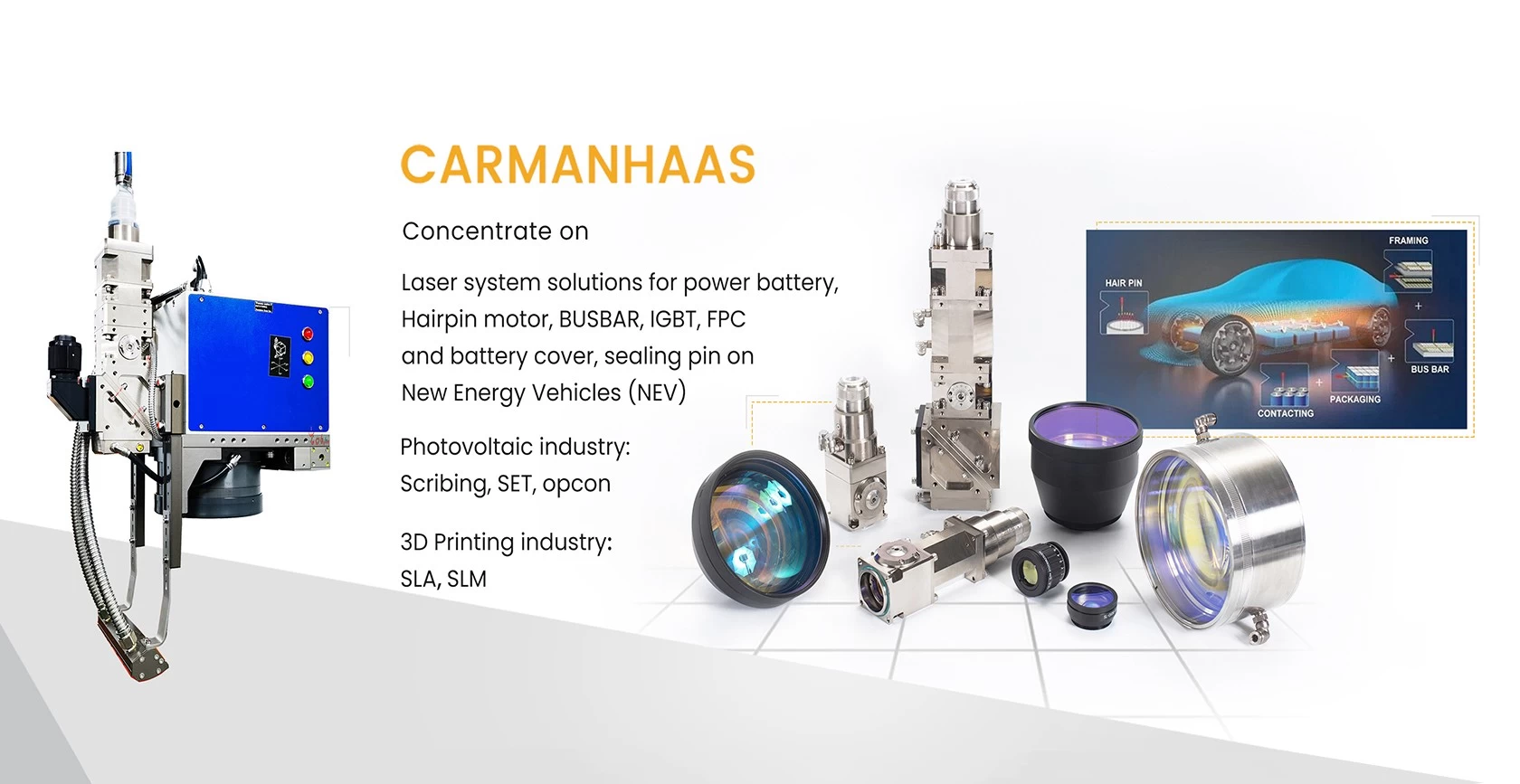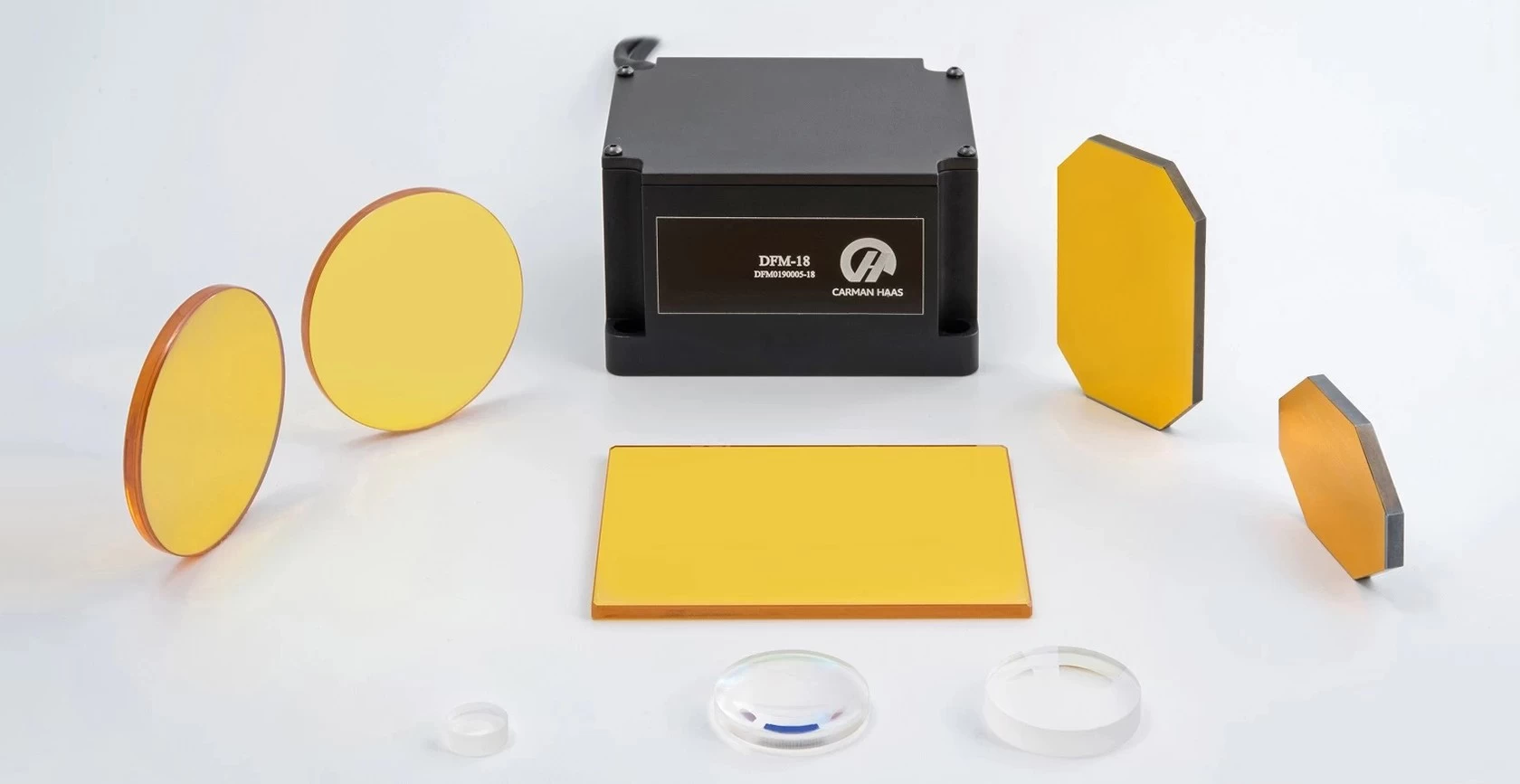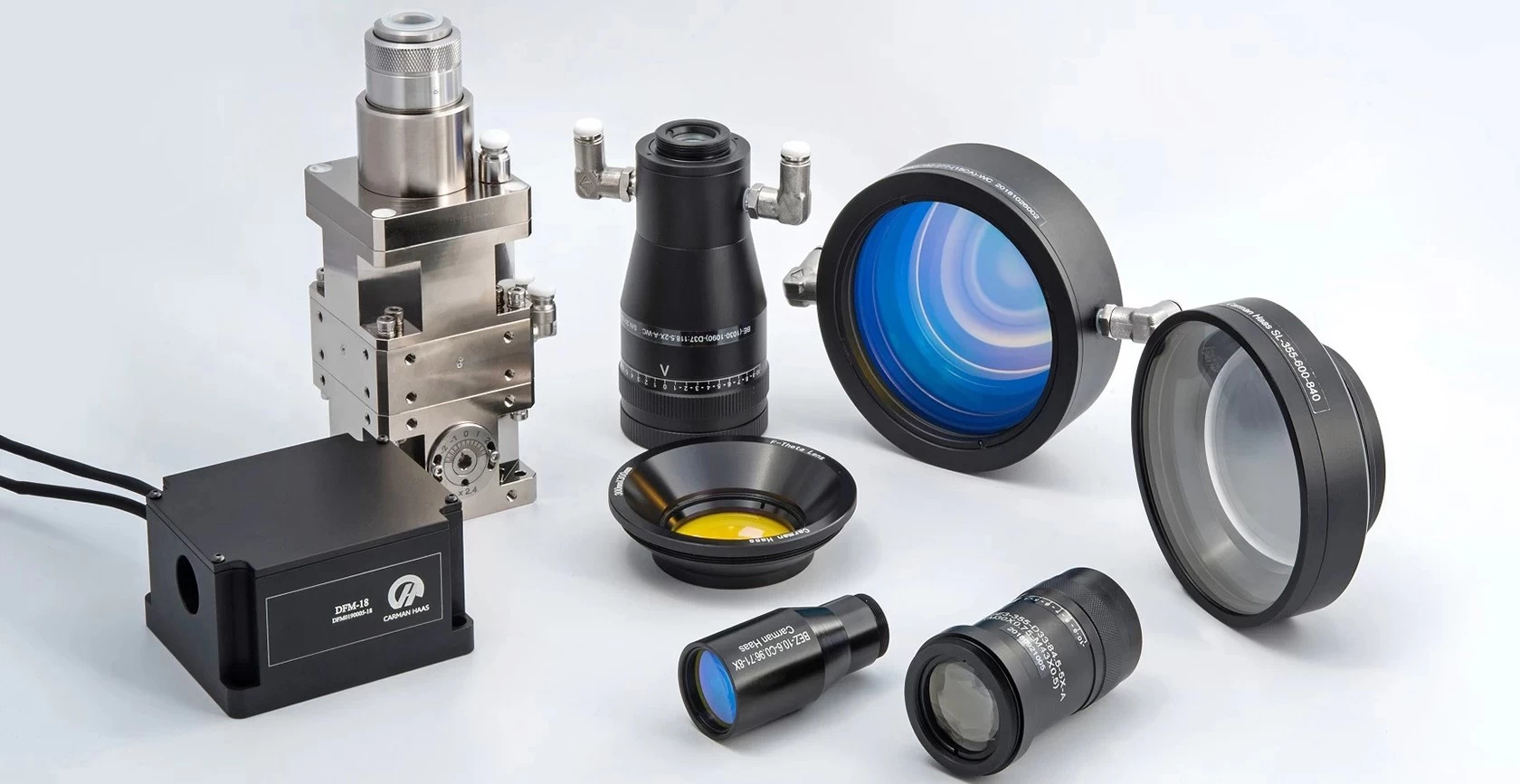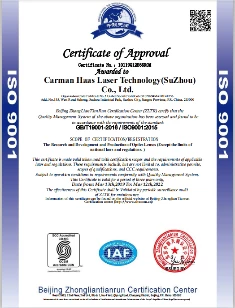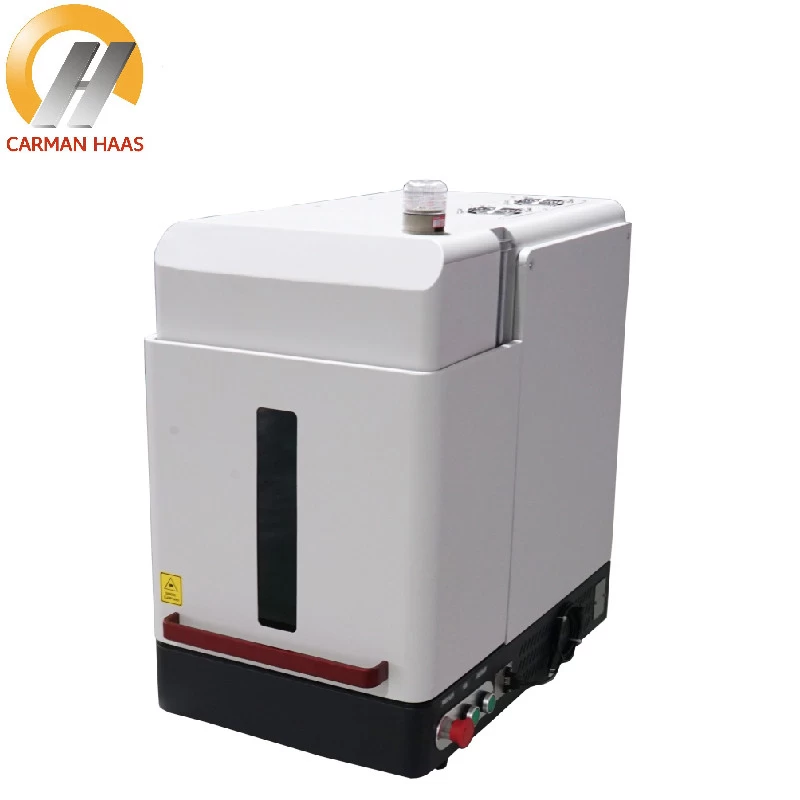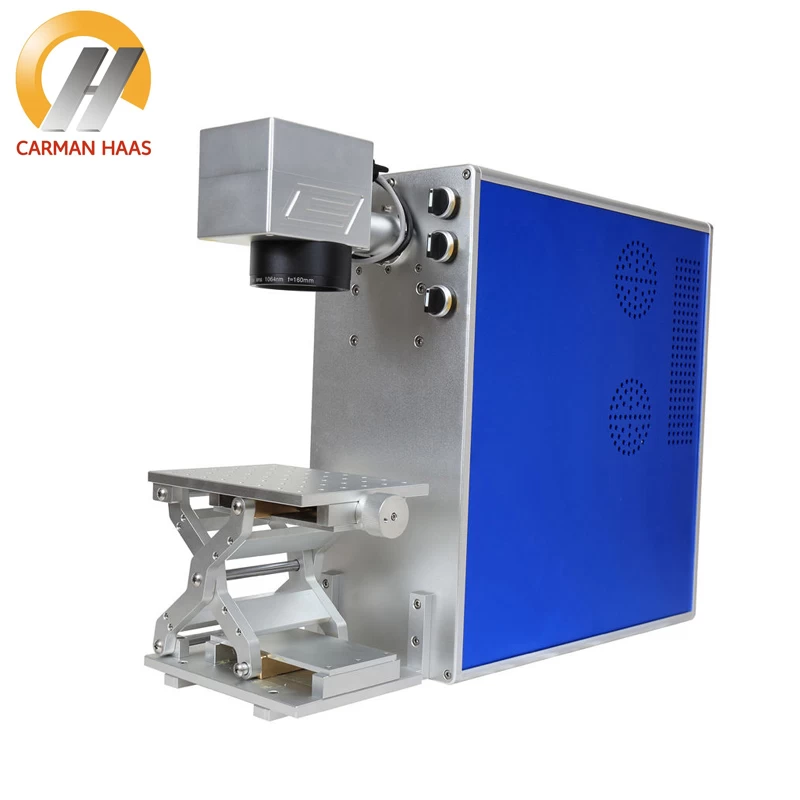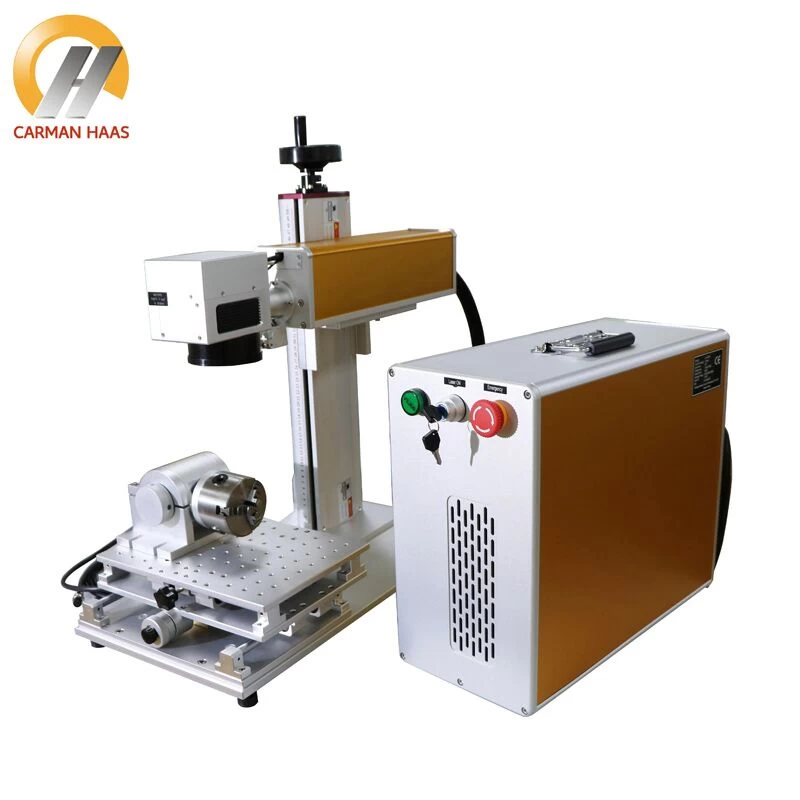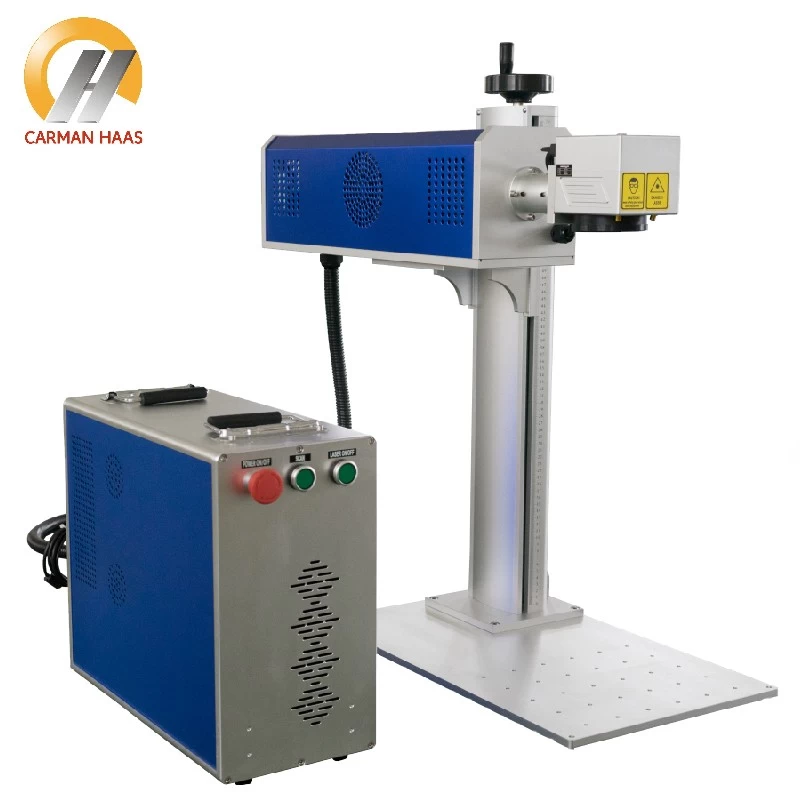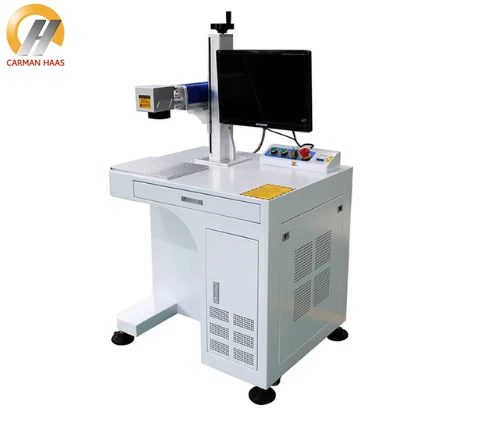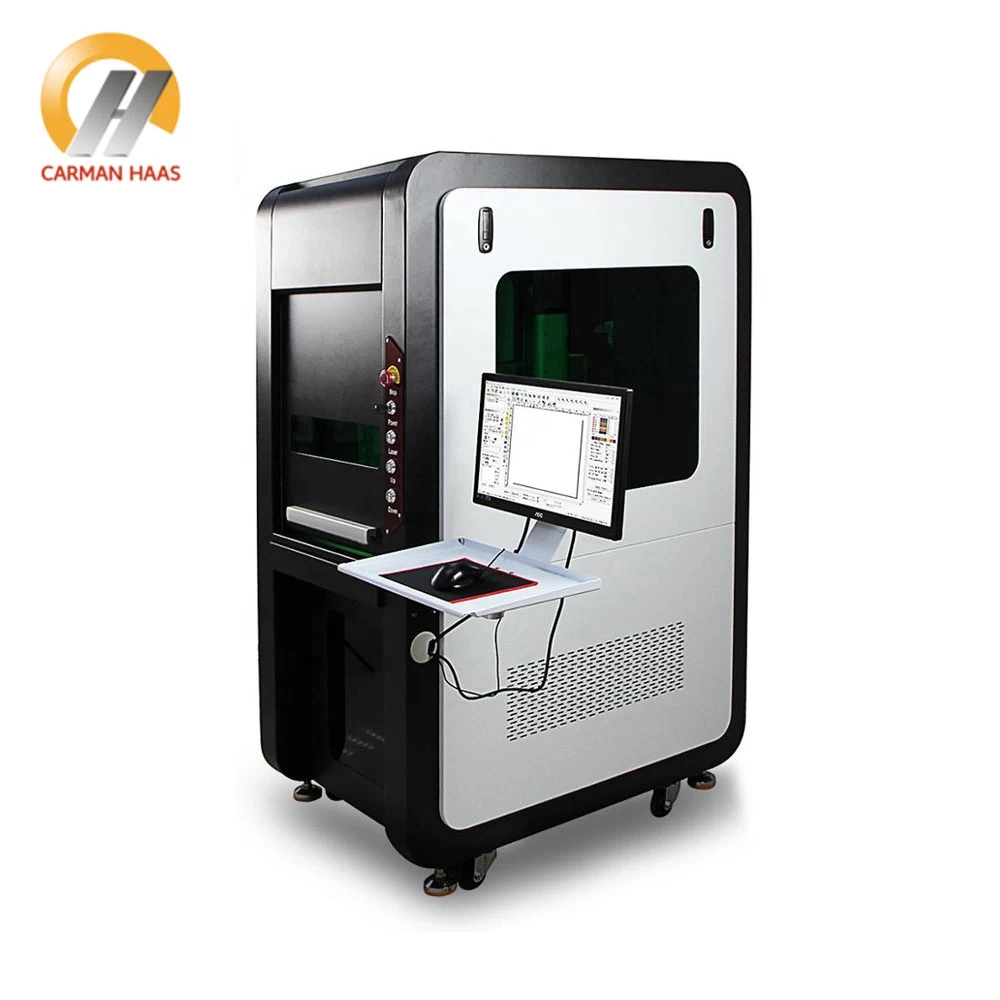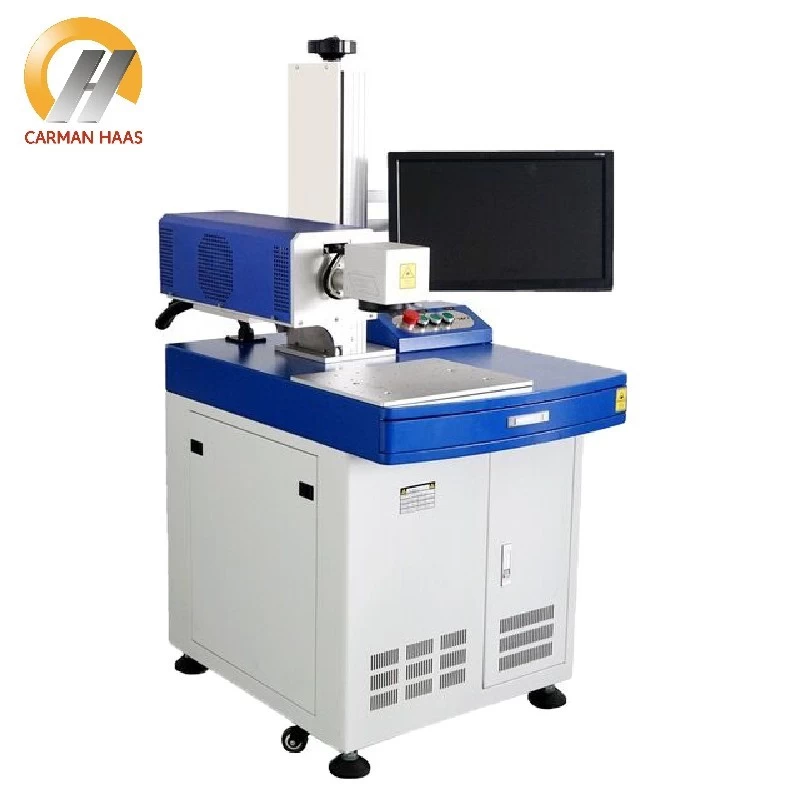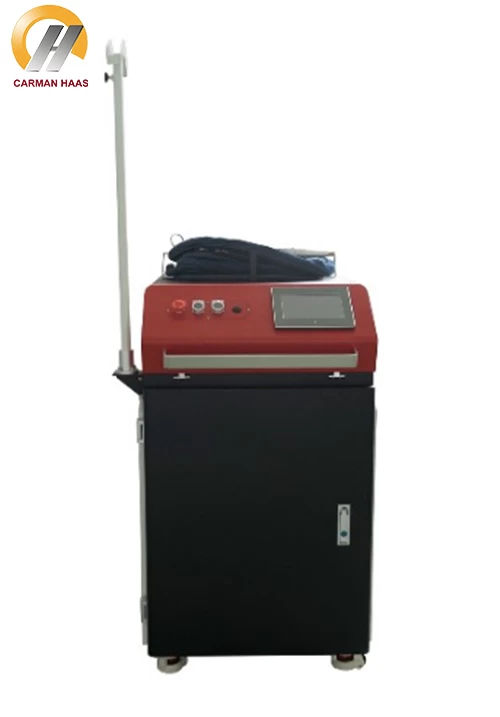Take you to understand laser 3D printing technology
Laser additive manufacturing technology, also known as laser 3D printing technology, is an advanced manufacturing technology that integrates optics, materials, machinery, software, and automation control. Due to the limitations of traditional manufacturing methods, there are many complex structural components that cannot be realized, and additive manufacturing provides this possibility. Compared with traditional manufacturing technology, this technology has the characteristics of high flexibility, easy realization of intelligence, and short production cycle. This technology has been widely used in many fields.
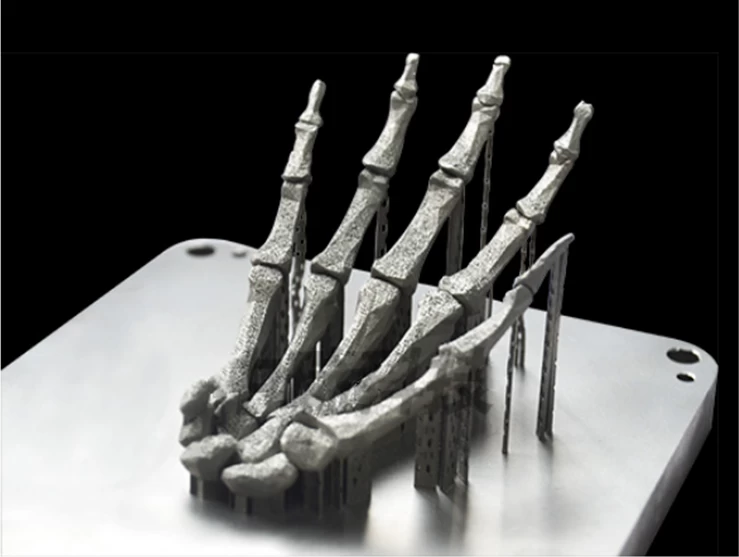
The background of laser 3D printing
Laser is a kind of artificial light. Compared with incoherent light, it has the advantages of good monochromaticity, good directionality, high brightness and good coherence. Therefore, lasers are widely used in environmental, information, energy, medical, national security, industrial manufacturing and other fields, and it can be said to be ubiquitous.
The 3D printing technology has created the concept of "additive manufacturing" net shaping. It is a technology that builds three-dimensional objects by bonding powdered metals or plastics layer by layer on the basis of digital model files.
3D printing is now widely used in industrial manufacturing, aerospace and military fields, as well as biomedical, education, training, consumer products, new materials, construction and other fields.
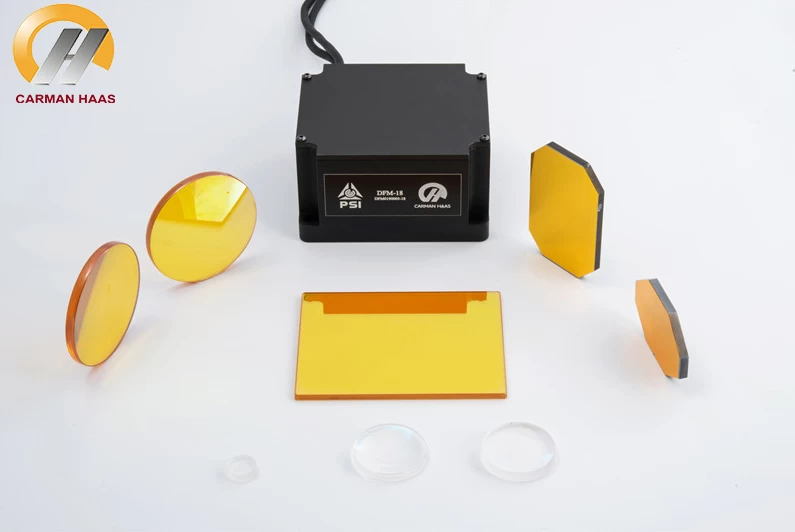
Problems and solutions of laser 3D printing technology
1. Low efficiency
Solution: Use multiple laser heads, high efficiency, and beam shaping methods.
CARMANHAAS can provide customers with high-speed, high-precision and high-quality dynamic optical scanning systems. Dynamic optical scanning system: refers to the front focusing optical system, because the focal length can be elongated, thereby increasing the scanning area, which is the best solution for large-format high-speed scanning at present (SLS optical system in China)
2. High cost
Solution: Reduce costs through standardization and modularization of raw materials and equipment parts.
3. Poor surface quality
Solution: Work hard on the selection of materials and processing parameters, and use composite fields, such as adding ultrasound to control the 3D printing process.
In addition, through the combination of adding and subtracting materials, some key parts are relatively rough. After printing, they can be machined and repaired, or 3D printing can be combined with femtosecond laser processing. The so-called combination of adding and subtracting materials can improve the surface This finish.
4. Small format
Solution: To make a wide format, it is not a simple cavity to enlarge, but also to consider the control system, ventilation system, etc.
5. Few available materials
Solution: Use new materials, composite materials, gradient materials, and multi-materials.
Processing new materials has certain requirements for lasers, cavities, design, etc. Even the cavity needs to be heated while printing this new material. In addition, how to achieve composite materials, gradient materials and multi-material printing are also being discussed.
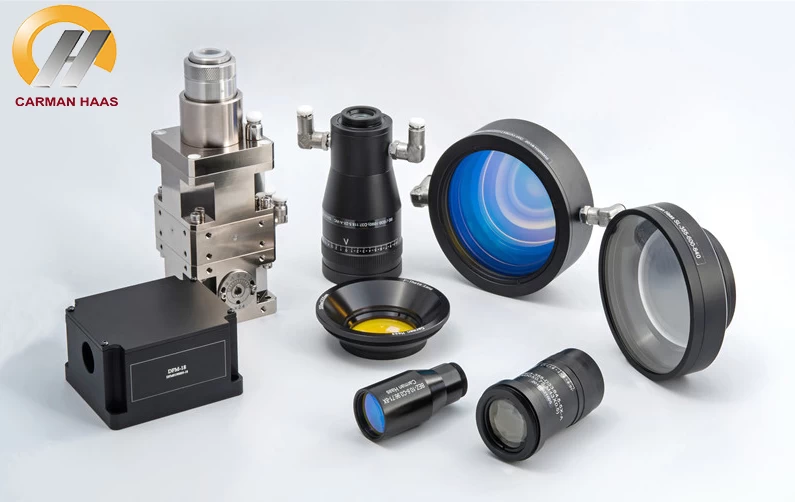
4D printing: Compared with 3D printing, 4D printing adds a time dimension on the basis of 3D printing, that is, 4D printed objects will be heated to a certain temperature over time, or placed in For example, in a solution of a certain pH value, the material will automatically change into different shapes.
SLM (Selective Laser Melting)
SLM: Selective laser melting (selective laser melting) is a major technological approach in the additive manufacturing of metal materials. This technology uses laser as the energy source, and scans the metal powder bed layer by layer according to the planned path in the 3D CAD slice model. The scanned metal powder is melted and solidified to achieve the effect of metallurgical bonding, and finally obtain the design of the model Metal parts.



